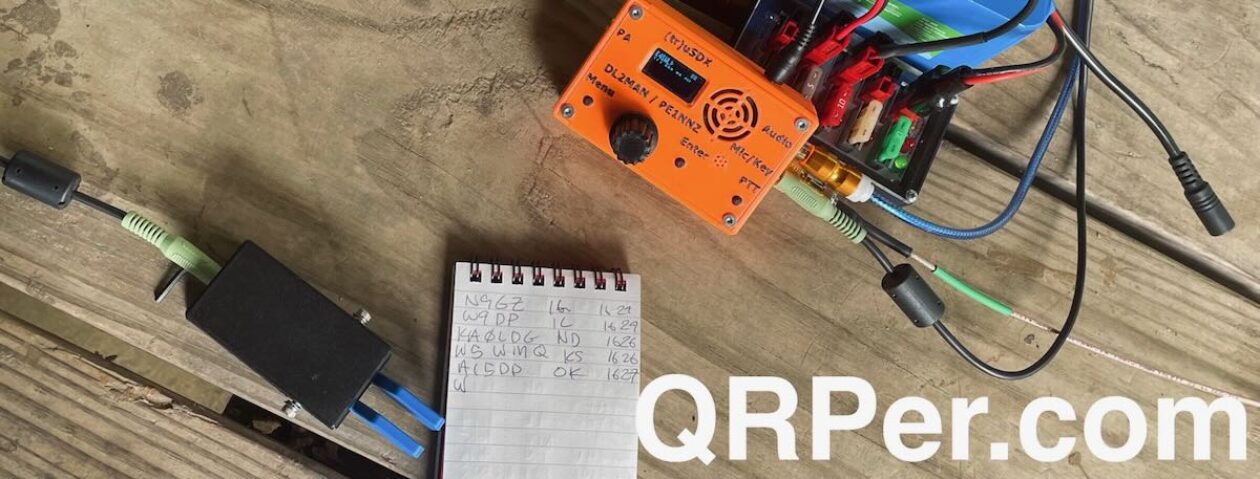A YL + KX2 = QRP POTA Fun
by Teri (KO4WFP)
Last year, I read about Thomas K4SWL’s trip to Canada and plan to activate while there and thought to myself, “Wow! Wouldn’t it be cool to do that one day?” Well, it so happens that my family decided our 2023 summer trip will be to Nova Scotia and immediately I began thinking of how I could work POTA activations into the trip.
Due to time limitations, we are opting to fly which means my Yaesu FT-891 will not work. As much as I have come to enjoy using this radio, it is too bulky and heavy for airplane travel. So I started looking into QRP setups.
I chose the Elecraft KX2 and AX1. Whenever I mentioned to someone I had ordered the KX2, the immediate response was “You’ll love it!” I wasn’t sure it would arrive before the trip, though, given Elecraft’s order fulfillment estimation of 12 to 16 weeks. (Yikes!) Thankfully, the rig and antenna arrived early May giving me six weeks to familiarize myself with the rig and antenna before my summer trip.
So this past Wednesday May 17th, the KX2 and I headed to Wormsloe State Historic Site (K-3725) for my first POTA QRP activation. Quirky note: I’ve actually named the KX2 “Craig”. I figure it and I will be spending lots of time with each other so we might as well be on a first-name basis! Continue reading A YL + KX2 = QRP POTA Fun!













































